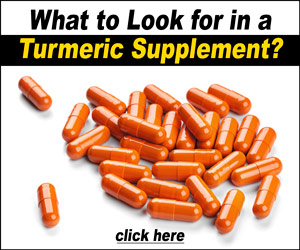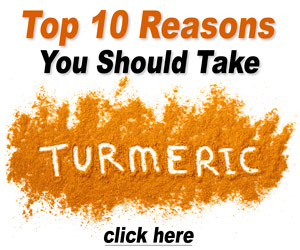Herbal Wound Care

A well-known, common use of echinacea in traditional Native American medicines is to heal the skin — including snake bites. But what's the science behind echinacea's wound-healing properties?(7, 46)
Echinacea Supports Skin Structure
Research indicates that juice of Echinacea purpurea promotes formation of hyaluronic acid, a crucial compound for skin structure and health. One of the ways it does this is by inhibiting hyaluronidase, an enzyme that breaks down hyaluronic acid. Hyaluronidase is known to be a "spreading factor" because of its effect on fragmenting hyaluronic acid.(46, 135, 136)
All three of the major species of echinacea appear to block this enzyme. Interestingly, different compounds in the species are responsible for blocking hyaluronidase:(46, 133, 136)
- In E. angustifolia it is the caffeoyl acid esters in the root that are the primary inhibiting agents.
- In E. pallida, the echinacoside compounds block the enzyme.
- Both E. purpurea and E. pallida also contain cichoric acid, a hyaluronidase blocker.
Immune System Healing Support
Animal studies show that echinacea has anti-inflammatory effects when applied topically or taken internally. Echinacea may even help prevent skin necrosis caused by exposure to industrial chemicals.(46, 137)
Echinacea's ability to boost immune function may also help counter delays in healing caused by stress. This is especially crucial in the initial phases of healing.(136)
Treating Snake Bites
Hyaluronidase is crucial to venom's severe toxicity. By breaking down the hyaluronic acid in the skin at the bite wound site and further connective tissue, toxins in the venom are able to quickly enter the bloodstream and spread throughout the body. Echinacea's ability to block hyaluronidase may make it an important ingredient in antivenom drugs.(135, 138)
How Does Antivenom Work?
Antivenom drugs work on a similar principle as vaccines. They help stimulate the immune system to help fight the toxic snake venom.(139)
Vaccines introduce a neutralized form of a toxin to the body, which triggers an immune response that includes developing antibodies to fight the substance. This is called latent immunity. If the body is ever exposed to the toxin again the immune system recognizes it and releases antibodies to attack and neutralize it.(139)
Venom is so toxic that the side effects of introducing small amounts of it in order to induce this latent immunity make a direct vaccine too dangerous for humans. So researchers had to develop antivenom drugs that indirectly trigger antibodies to venom.(139)
How Are Antivenom Drugs Made?
Injecting snake venom into horses and sheep produces the expected immune response. Over months of repeated exposure, the animals develop a hyperimmunized response with high levels of antibodies.(139)
Serum developed from these animals' blood is used as a basis for antivenom drugs. Other substances (called adjuvants) are combined with the serum to help slow the rate of venom release in the body and boost the victim's immune response further.(139)
Evidence of Echinacea's Antivenom Benefits
There are very few institutes that conduct antivenom research. The Instituto Clodomiro Picado in Costa Rica is one of them.(139)
Research conducted there suggests that E. purpurea extract may be a better adjuvant ingredient for antivenom drugs. In studies, animals were given an echinacea injection along with hyperimmunized serum developed from highly toxic snake venom.(138)
Echinacea was 30% more effective than a commonly used adjuvant ingredient. After the second treatment, mice treated with the echinacea adjuvant had significantly higher antibody levels than those treated with two conventional adjuvants.(138)


